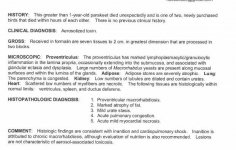- Thread Starter
- Thread starter
- #61
I just get a plug in version deliverred tomorrow.
https://amzn.to/2OKcXxC Let me know if this works.
We have carbon monoxide detector on the first floor ceiling. I want to get one near the bird cage as well. Hopefully we can get this resolved. I told the front desk about the beak. But they want to have the white bird examined since the yellow one passed away more than 24 hours. I will check with the vet tomorrow.
That should work-- I think that is the brand I ended up buying for them..The same model too.
Obviously a gas leak is still a hazard, so still follow-up on that
I called gas company and fire dept. They will check later this week. My buddy also have an indoor air pollution tester for HCHO and TVOC. I tested in my house and find both are little higher than the standard. HCHO is around 0.13-0.14 mg/m3 and TVOC is around 0.6-0.7 mg/m3. I am not sure if that might be the cause.
